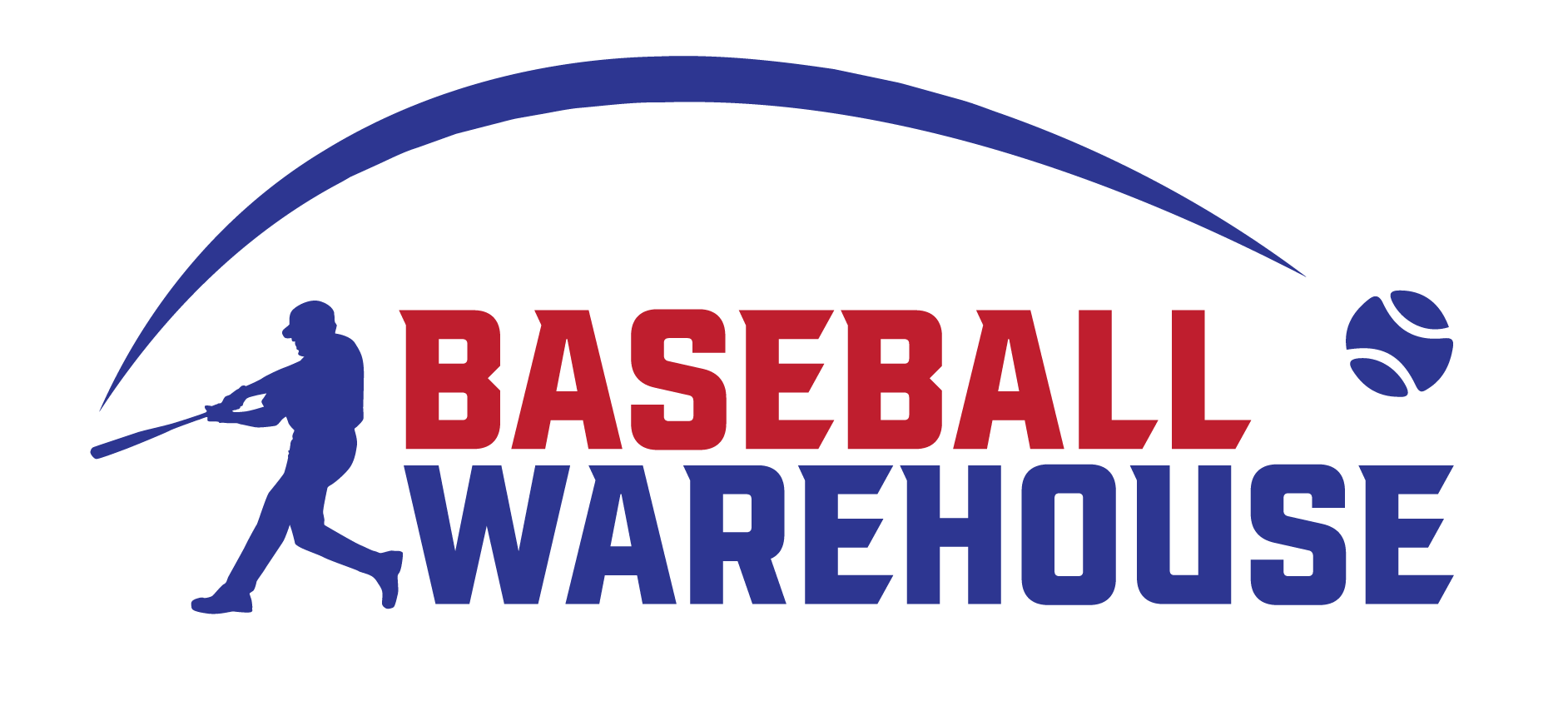Introduction
Quick Navigation
Several of the most exciting moments in baseball are the result of hard hits. A batter hitting a double into the corner, a triple into the alley, or a home run over the wall. These are the kind of plays that get spectators up and moving, and they are represented in a popular metric that promotes swinging for the fences: slugging percentage.
What is slugging percentage?
Slugging % is a statistic that evaluates a batter’s ability to hit extra-base hits such as doubles, triples, and home runs. The number of bases a player earns every at-bat is represented by their slugging percentage. Total bases are divided by at-bats to calculate this metric.
Nevertheless, because of all the elements that go to slugging %, there isn’t always a link between how excellent a power hitter someone is and how strong a slugging % they have.
What Is Slugging Percentage in Baseball?
The aim of slugging % is to provide a figure to reflect how good a battery is in driving the ball and getting extra-base hits. While the stat’s name is “slugging %,” the word is slightly misleading because it is a ratio, or so-called “rate stat,” rather than a genuine percentage. A batter’s slugging percentage (commonly abbreviated as SLUG or SLG, or simply “slugging”) is the total number of bases or bases earned in all of his hits divided by the total number of official at-bats shown as a decimal rounded to three places.
Whatever the stat ultimately comes down to is calculating the average number of bases that a hitter would acquire for each official at-bat, implying that both the ability to get extra-base hits and the ability to do it frequently are essential elements high slugging percentage. Now we’ll look at how you can find out what that number is.
How Do You Calculate Slugging Percentage in Baseball?
To determine a player’s slugging percentage, you’ll need two pieces of information: his total number of at-bats and an overall number of bases. The slugging percentage calculation is straightforward: divide the total number of bases by the overall amount of at-bats. Total bases are calculated by taking a batter’s total number of hits and adding one base for each double, two bases for each triple, and three bases for each homer. The equation is written as [1B + (2B x 2) + (3B x 3) + (HRx4)/AB.
One thing to keep in mind when determining slugging percentage is that it only considers official at-bats. Major League Baseball defines an at-bat as a hitter getting a hit, reaching on a fielder’s choice or error, or being put out on a non-sacrifice. Bases on balls (walks), hit-by-pitch, sacrifice bunts, and sacrifice flies are all excluded from the at-bat ledger at-bats, with those counts being merged into the “plate appearances” ledger.
Let’s practice calculating a hitter’s slugging percentage:
Consider a player who has 235 plate appearances but has walked 20 times, been hit by five pitches, set down five sacrifice bunts, and hit five sacrifice flies. The last four columns (20+5+5+5) will be deleted, resulting in 200 at-bats for the hitter. In those 200 at-bats, he had 60 hits, including ten doubles, five triples, and ten home runs.
To calculate total bases, begin with 60 hits, then add 10 for doubles (one base each), another 10 for triples (two bases apiece), and 30 for home runs (three bases each). Therefore, with the extra bases, 10+10+30=50, add 50 to the 60 hits for a total of 110 bases.
Finally, multiply 110 total bases by 200 at-bats to get a slugging percentage of 0.55. That figure is generally stated with three decimals. Therefore it will be expressed as.550, indicating that our sample batter will, on average, record. Each at-bat results in a total of 55 bases. The question is whether that is a good number.
Conclusion – What Is a Good Slugging Percentage in Baseball?
Because slugging percentage is a rate statistic, it fluctuates when league circumstances change in Major League Baseball.
These changes might include a difference in the composition of the actual baseball, regulation changes, new ballparks (different dimensions), or simply shifting trends in pitcher use or poorer weather than usual during the season.
Notwithstanding this, there is a very well-defined standard for a “good” slugging percentage. A.450 slugging percentage is regarded respectable, while a.550 slugging percentage is regarded exceptional. Moving to the extremes, a.350 slugging percentage is considered mediocre, while a.650 slugging percentage is considered excellent.
To put this in context, every American and National League slugging percentage leader since 2005 has dipped between.551 and.671. On the opposite end of the scale, 119 hitters have had a slugging percentage of less than.350 since 2005.
For more on baseball, read.

